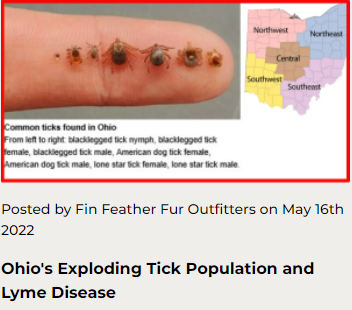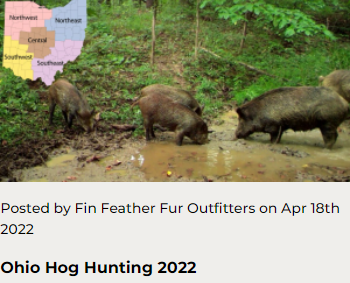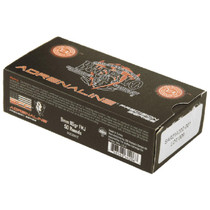MANAGING NATURAL FOOD SOURCES FOR WHITETAIL DEER
Posted by Fin Feather Fur Outfitters on May 31st 2022

Many of us enjoy seeing white-tailed deer but are concerned with what they will do to our flower beds, gardens, and crops when we’re not around. If your property has enough appropriate habitat and natural food sources, seeing a buck or a doe with a fawn out your window will bring a smile to your face instead of sending you scrambling to protect your well-manicured flower beds.
If you want to attract deer to your property, you need to remember that these animals, like all native wildlife, have differing nutritional needs throughout the year. For example, the nutritional needs of bucks are different when they are busy chasing does during the fall rut as opposed to when they are just beginning to grow antlers. Does also have different nutritional needs for when they are pregnant, nursing, or during a harsh winter.
Throughout the year, deer require quality forage to stay in top form. During the spring and summer, deer have a specific nutritional need – protein. This is when bucks are growing antlers and does are entering the final stages of pregnancy and begin lactating, which requires a higher level of protein intake. Forbs (broadleaf flowering plants) comprises a large portion of a deer’s diet during this time because they are easily digested and protein-rich. Some examples of native forbs include coneflowers, sunflowers, and phloxes. To attract deer to your property all year, it is important to have areas of native forbs and other browse available for deer.
One easy way to improve property for deer and other native wildlife is to manage for better native browse. While often overlooked, native plant material is one of the highest quality food sources we can provide to deer to attract them for the long term. Common species of native browse include pokeweed, common ragweed, greenbriers, dogwoods, wild plum, wild grape, sumac, fleabane, partridge pea, Illinois bundleflower, wild lettuce, asters, trillium, poison ivy, blackberry, and black raspberry. A deer eats 6 to 8 percent of its body weight in green forage daily. For a 125-pound deer, that means about 7 to 10 pounds of green plant material is consumed per day.
While deer certainly prefer to eat certain species of plants, the parts of the plant they eat (leaf, stem, or flower) and its stage of growth is equally important. Deer prefer to eat plants when they are young, soft, and succulent, such as a tender shoot of raspberry bramble. As such, it is important to provide plants that emerge at different times of the year for additional forage. For instance, poison ivy is often among the first out of the ground in spring, while pokeweed matures later.
One of the challenges of managing for native plants is identifying and eliminating the undesirable vegetation, which are mostly invasive species. Unfortunately, Ohio is home to many introduced and exotic invasive plants which can dominate and suppress more nutritional and palatable options for deer. For example, tall fescue and Kentucky blue grass are two sod-forming non-natives that build a carpet of grass, preventing the growth of more desirable broadleaf plants. Common invasive plants include Japanese honeysuckle, autumn olive, glossy buckthorn, and common buckthorn. Remove these plants early before they become established, or the work increases later.
If you want to learn more about options to improve native forage for deer or other wildlife on your property, contact your local ODNR Division of Wildlife district office at https://ohiodnr.gov/discover-and-learn/safety-conservation/about-ODNR/wildlife/wildlife-contacts and they can advise you directly on how to create habitat on your property, no matter how small the tract.
VENTURE OUT:

















